What is Remittance?
Understanding Remittance, Money Transfers, and Their Impact
15 November 2024
Understand remittance and money transfer, their impact, and how to choose the best provider to ensure that your money arrives safely and securely.
Have you ever sent money to loved ones back home? What would you call it—a remittance or a money transfer? Still wondering? Don’t worry; this article will clarify these terms, explaining the concept of remittances, how they relate to money transfers, and their significance in today’s ever-evolving world.
What is Remittance? The Basics
The term “remittance” is usually used when referring to funds sent by migrants or overseas workers to family members in their home countries, but it can also apply to any personal or business transaction that crosses borders.
Meaning of Remit: The word “remit” means “to send back,” which explains why “remittance” has become the common term for international money transfers meant for personal use (like sending money from Canada to Philippines).
What Counts as Remittance? In practice, any transfer of funds sent abroad for personal support or non-commercial reasons is considered a remittance. For instance, if you’re sending money from Canada to Philippines to help family members with daily expenses, that transaction qualifies as a remittance.
What is a Money Transfer?
A money transfer is a broader term that simply means moving funds from one person or account to another, regardless of purpose. Money transfers can be domestic (within the same country, e.g., within Canada) or international (across borders), and they can be used for any purpose, from paying bills to purchasing goods and services. Money transfers are the backbone of financial transactions and sending money internationally, enabling businesses and individuals to move money quickly and securely.
Are Money Transfers and Remittances the Same?
While all remittances are money transfers, not all money transfers are remittances. Sound confusing? Again, remittances typically refer to international transfers made primarily for personal support or family assistance. On the other hand, money transfers can be for any purpose, including business transactions, salary payments, bills payments, and commercial investments.
Types of Remittances
Remittances are commonly categorized by their purpose and structure. Here are a few types:
- Personal Remittances: These are the most common, often sent by individuals to support family or friends in another country (sending money from Canada to Philippines). Personal remittances account for a significant portion of the money sent internationally, particularly to developing nations.
- Business Remittances: These involve funds transferred for business transactions, such as paying international suppliers or service providers.
- Government Remittances: Although less common, government remittances are funds transferred between countries for aid programs, support, or investment purposes.

How Do Remittances Work?
To send a remittance, you will typically use a money transfer service like OTT Remit. Here’s a basic outline of how remittances work:
- Choose a Provider: First, you will select a remittance provider. This could be a traditional bank, a dedicated remittance service, or an online money transfer platform like OTT Remit.
- Initiate the Remit Transfer: Provide the recipient’s information, including their name and, in many cases, a bank account or mobile money account.
- Select a Payment Method: You can pay for the transfer using various options, including e-transfer (same process when using OTT Remit). bank transfer, debit card, credit card, or cash.
- Send the Funds: The remittance provider processes your payment, converts the amount to the recipient’s currency (if necessary), and transfers the funds.
Remittance Advice: What to Consider When Choosing a Remittance Provider
With so many options available, it is essential to evaluate different providers based on fees, transfer speed, and transparency. Here are some key remittance considerations:
- Remittance Fees: Remittance providers charge various fees for international money transfers. These may include flat fees, fees based on the transfer amount, and even hidden fees through exchange rate markups. For example, OTT Remit offers a unique remittance fee structure based on delivery speed, giving users options that suit their timelines and budgets. Always compare fees across providers to ensure you are getting the best way to send money internationally.
- Exchange Rates: Some remittance providers offer zero-fee transfers but make up the difference by applying less favourable exchange rates. Checking exchange rates on multiple platforms before sending money abroad can help you avoid unnecessary costs.
- Delivery Speed: Delivery speed can vary widely between providers. Remittance service providers like OTT Remit offer different speeds at different price points. If you are sending money internationally for an urgent need, you may prefer a faster (and possibly more expensive) option.
- Recipient Fees: Although most remittance services don’t charge recipients, a few providers may apply additional fees to the person receiving the funds. OTT Remit, for instance, doesn’t impose any recipient fees, ensuring your funds arrive in full.
Why are Remittances Important?
Remittances have a meaningful impact on global economies, particularly in low- and middle-income countries. Here are a few ways they make a difference:
- Supporting Families: For families in developing nations, remittances can make a big difference by covering expenses such as food, housing, healthcare, and education.
- Promoting Economic Stability: Remittances are a stable source of income for many countries and communities, helping to reduce poverty and stimulate local economies.
- Encouraging Financial Inclusion: Many remittance providers have introduced digital services, enabling individuals in remote areas to access financial resources.

How to Send Remittance: Remittance Advice for Minimizing Fees and Maximizing Value
If you are wondering how to send remittance money to family or friends, here are a few pieces of remittance advice to keep costs low:
- Choose the Best Remittance Provider for Your Needs: Take time to compare remittance services, including their fees, exchange rates, and delivery speeds. Some platforms, like OTT Remit, provide flexible delivery options that help you manage costs effectively.
- Optimize Payment Methods: Using bank transfers or Interac e-transfers instead of credit cards often reduces fees.
- Plan for Non-Urgent Transfers: If your transfer isn’t time-sensitive, opt for a slower delivery speed, which is typically less costly.
How to Send Money from Canada to the Philippines
One of the most common remittance corridors is from Canada to the Philippines, as many Filipinos living in Canada regularly send money back home. Here’s how to remit funds from Canada to the Philippines:
- Find a Trusted Provider: Choose a reputable provider, such as OTT Remit, that offers services tailored to this corridor.
- Choose the Right Payment and Delivery Option: Consider options such as direct bank transfers or mobile wallet loads to GCash, which is widely used in the Philippines.
- Compare Rates and Fees: Since costs can vary, comparing remittance fees and exchange rates across providers will ensure you’re getting the best value.
Final Thoughts & Remittance Advice: Choosing the Right Remittance and Money Transfer Solution
Remittances are a vital financial lifeline for millions of families worldwide, helping to bridge economic gaps and promote financial inclusion. Whether you are supporting loved ones or making a business payment, understanding remittance fees and how they work can save you significant amounts over time.
By choosing a reliable provider like OTT Remit and considering options like slower transfer speeds for non-urgent transfers, you can ensure that more of your hard-earned money reaches its intended destination.
With remittance options continuing to expand, especially with digital advancements, it is easier than ever to send money internationally in a secure, cost-effective manner.
Take the time to research and compare providers, understanding that all remittances are money transfers, but not all money transfers are remittances.
By staying informed, you will be better equipped to send money internationally with confidence and minimal remittance fees, ensuring your remittance (or, in a broader sense, money transfer) makes a positive impact.
Disclaimer: The views and opinions expressed by the authors in this publication are their own and do not necessarily reflect the views of OTT Remit, OTT Financial Inc., and the OTT Group of Companies. This publication is provided for general information purposes only and should not be considered as exhaustive or comprehensive in covering all aspects of the discussed topics. It is not intended to replace seeking advice from a specialist or professional.




